PHELPS VS. SPITZ: HOW THE BUTTERFLY STROKE EVOLVED
There is no doubt about the greatness of Mark Spitz in his time and Michael Phelps' dominance in the modern era. Both are multiple Olympic champions with legendary status.
But these two giants are separated by four decades of innovation. When Mark Spitz won 7 gold medals in 1972 Munich Olympics, swimmers didn't even wear goggles. By the time Phelps won 8 golds in 2008, the sport had been transformed by science and technology.
This article compares their signature butterfly strokes to show exactly how the sport has evolved.
Dive Into: The Evolution of Butterfly
- The Context: Different Eras, Different Gear
- The Breathing: High Lift vs. Low Skim
- The Arm Recovery: Bent vs. Straight
- The Underwater Revolution: The Fifth Stroke
- The Start: Grab vs. Track
- Frequently Asked Questions
The Context: Different Eras, Different Gear
Before we look at technique, we have to acknowledge the equipment gap. Mark Spitz swam without goggles, without a swim cap, and with a famous mustache. Michael Phelps had the advantage of high-tech suits (like the LZR Racer), specialized caps, and modern goggles.
Despite these differences, the most interesting comparisons are found in the biomechanics of their strokes.
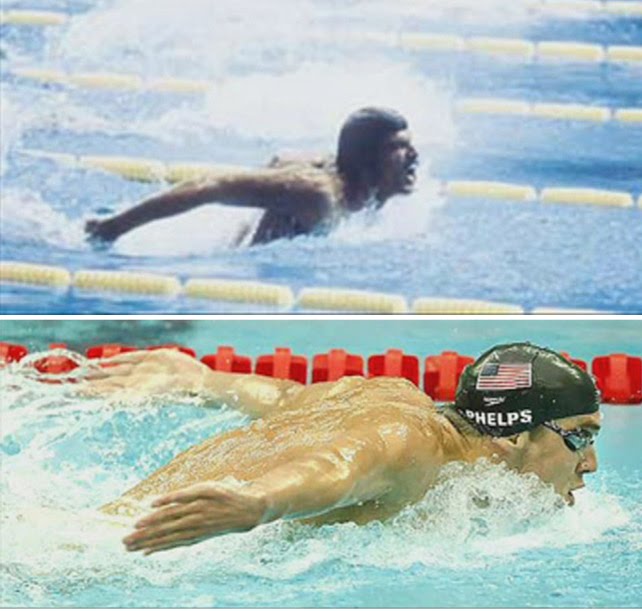
The Breathing: High Lift vs. Low Skim
The main visible difference is in the breathing.
- Spitz: Employed an "over the water" concept, lifting his head and body quite high to breathe. This created a lot of up-and-down motion, which increases drag.
- Phelps: Used a modern, flatter style. He kept his chin right on the water's surface, barely skimming it. This directed the majority of his energy forward rather than upward, making him much more efficient.
Common Ground: Interestingly, both athletes breathed every stroke. This rhythm supplies constant oxygen and actually helps keep the body higher in the water compared to breathing every other stroke.
Michael does not breathe off the start and off the turn, but otherwise every stroke. The idea here is that breathing every stroke keeps the swimmer in the correct rhythm and it supplies the ever needed oxygen.
🎥 Watch: Phelps vs. Spitz Video Analysis
The Arm Recovery and Entry: Wide vs. Narrow
The differences continue in how they recovered their arms and entered the water.
- Spitz: Recovered with bent elbows and entered with his hands very wide, outside his shoulders. This style required him to lift his body higher to clear the water and then sweep his hands inward to begin the pull.
- Phelps: Recovered with straight arms and a much narrower hand entry, with his hands entering the water directly in line with his shoulders. This modern technique allows for an immediate and more powerful catch, as no energy is wasted sweeping the hands together underwater.
Additionally, Phelps' narrower, cleaner entry created fewer bubbles, allowing him to get a solid grip on the water instantly.
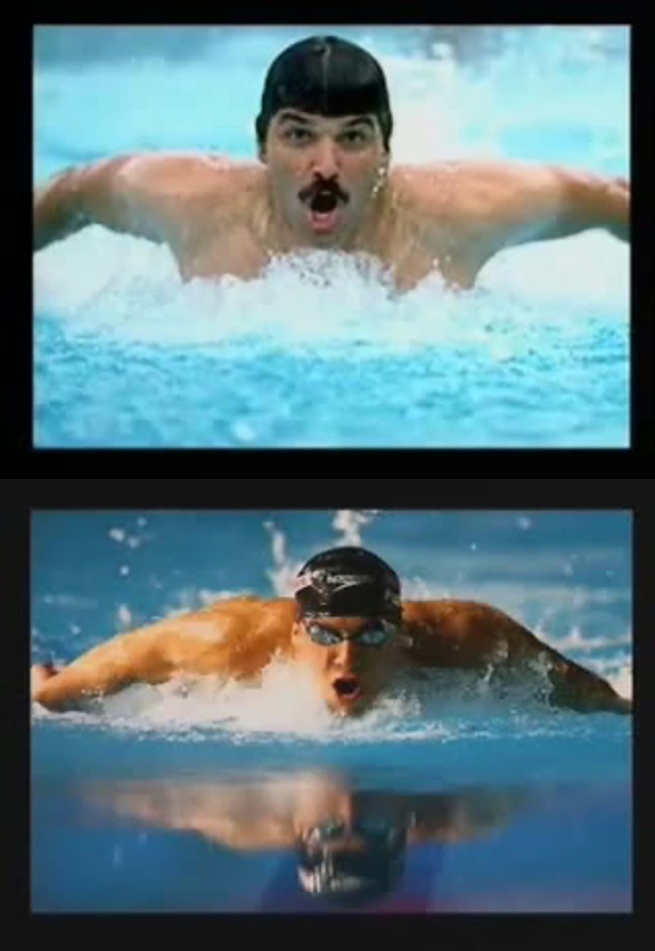
The Underwater Revolution: The Fifth Stroke
In modern swimming, the underwater dolphin kick is known as the "fifth stroke." If you don't have a powerful underwater kick, you can't compete.
- Spitz: In his era, underwater work was minimal. Swimmers popped up to the surface almost immediately after the turn.
- Phelps: Phelps was a master of the underwater phase, utilizing the allowed 15 meters to dolphin kick away from the wall faster than he could swim on the surface.
The Start: Grab vs. Track
Finally, the start itself has changed.
- Spitz: Used the grab start (feet together), often swinging his arms to generate momentum.
- Phelps: Used the track start (feet staggered), gripping the block to pull himself forward for an explosive launch.
Also, most of the swimmers in Spitz’s time didn’t grab the block with their hands, instead they used their hands to swing their body forward.
Today, the arm swing is only used during relay starts, but for individual events, everybody grabs the block and uses the hands to generate more power off the block.
And there you have it. High-level analysis of what swimming was like for Mark Spitz and how it has changed for Michael Phelps.
If you spot any other differences, please share them with us in the comments.
It is amazing to see how the sport evolves as our understanding of hydrodynamics improves. Who knows what the butterfly of the future will look like?
Frequently Asked Questions
Who was faster: Michael Phelps or Mark Spitz?
Michael Phelps was significantly faster. While Spitz was dominant in his era (1972), Phelps benefitted from decades of advancements in training, nutrition, and stroke mechanics. Phelps' times would have left Spitz far behind.
How did butterfly technique change from Spitz to Phelps?
The biggest change was body position. Spitz swam with a high, undulating style, lifting his chest high to breathe. Phelps pioneered a flatter, more efficient style where he kept his chin low to the water, directing energy forward rather than up.
Why did Mark Spitz have a mustache?
Spitz famously claimed his mustache helped deflect water away from his mouth, but in reality, it was a personal style choice. At the time, most swimmers were clean-shaven to reduce drag.
What is the 'fifth stroke' that Phelps used?
The 'fifth stroke' refers to the underwater dolphin kick. In Spitz's era, swimmers surfaced immediately. Phelps utilized the 15-meter underwater limit to his advantage, using powerful dolphin kicks to maintain speed off every wall.
Why do modern swimmers breathe every stroke in butterfly?
Both Phelps and Spitz breathed every stroke. This rhythm provides a constant supply of oxygen and actually helps keep the body higher in the water compared to skipping breaths, which can cause the hips to drop.
 LNURL1DP68GURN8GHJ7URP0YHRXD3SWDMKJMFWVDHK6TMVDE6HYMRS9A4HSCNCWFXSH3NN0H
LNURL1DP68GURN8GHJ7URP0YHRXD3SWDMKJMFWVDHK6TMVDE6HYMRS9A4HSCNCWFXSH3NN0H
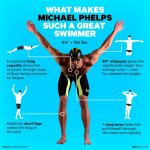

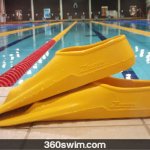
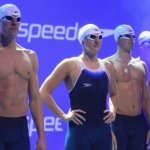

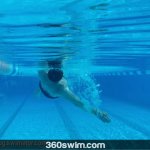

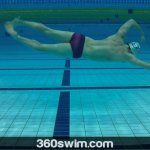


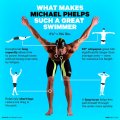
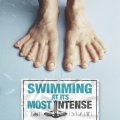
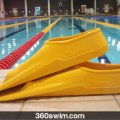
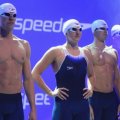



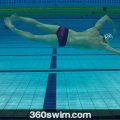















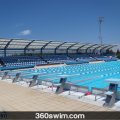




Comments (2)